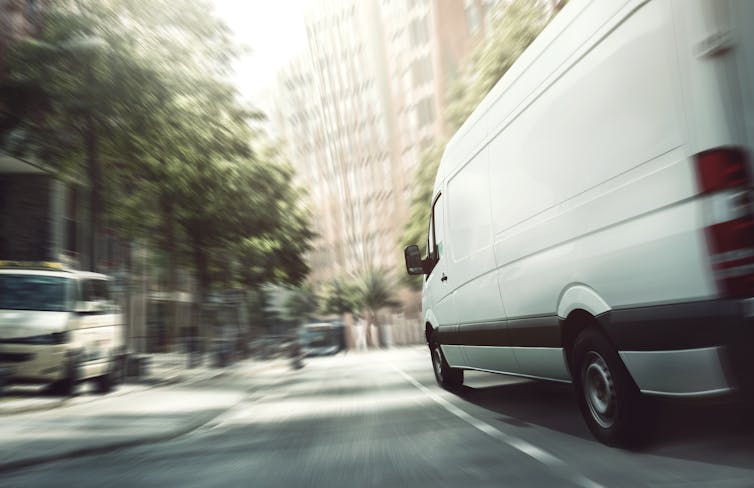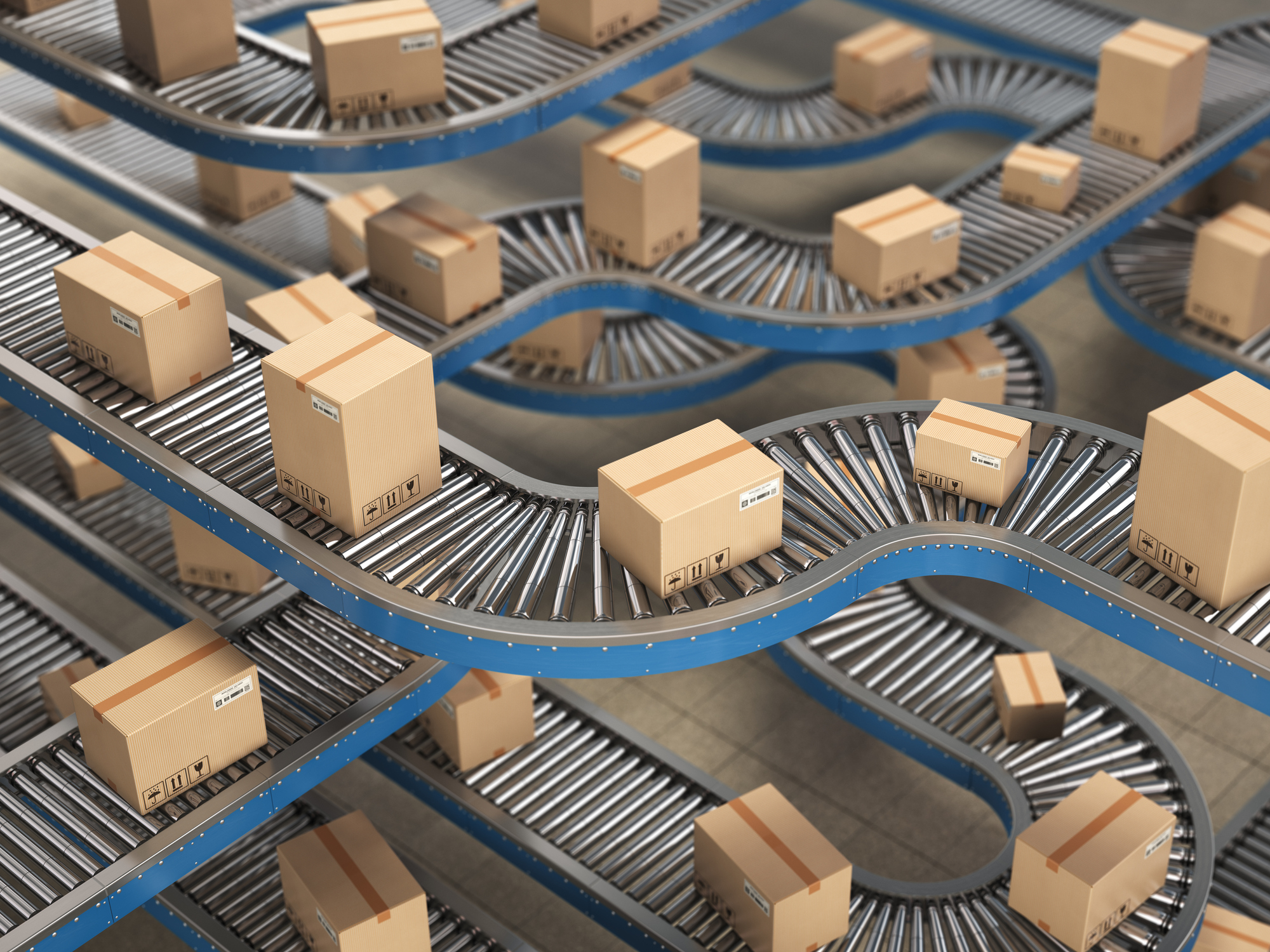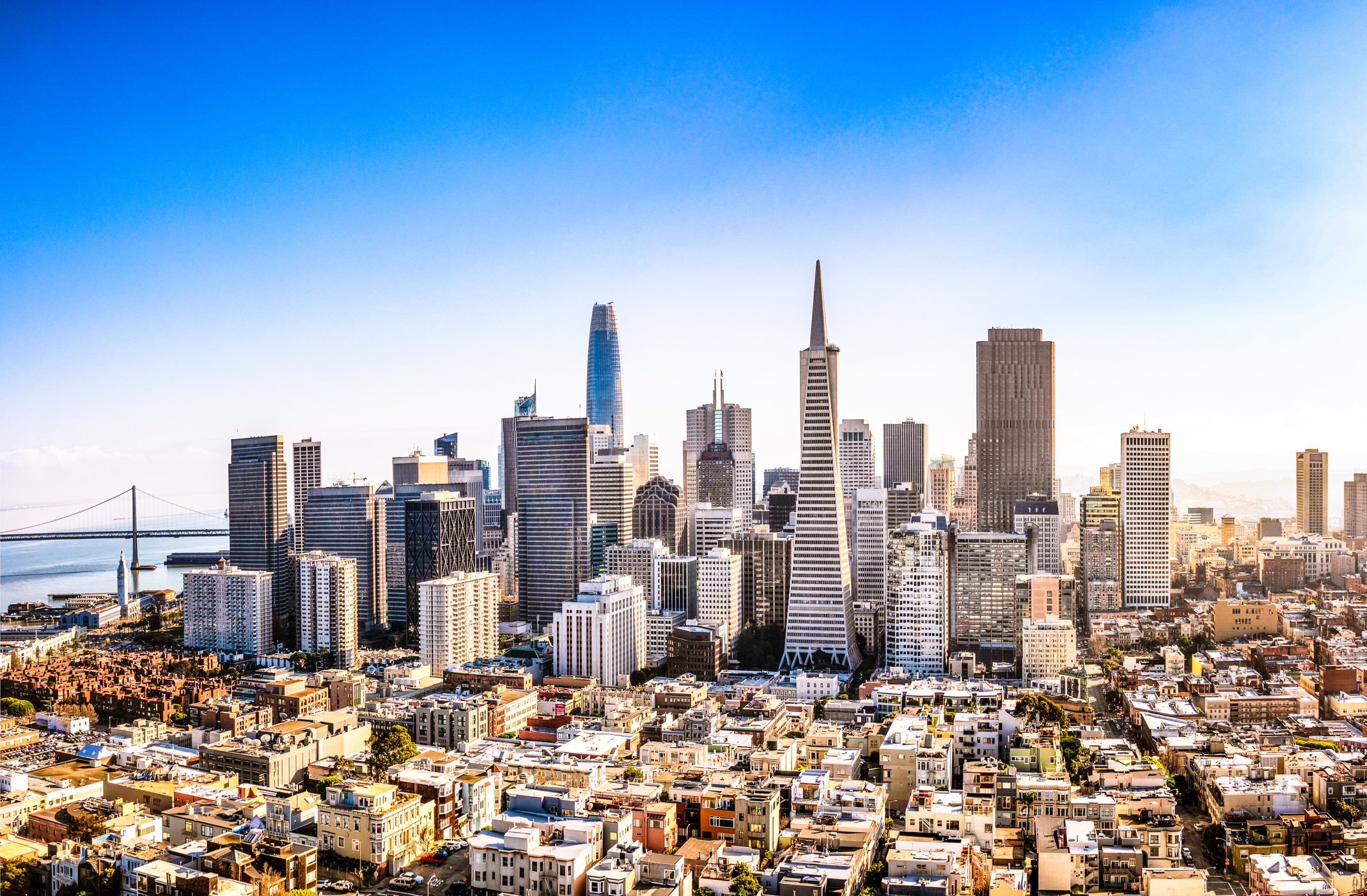Black Friday and the ensuing Cyber Monday are once again upon us. Billions will be spent trying to snag a bargain in the approach to Christmas.
But as scrutiny turns to whether or not the deals on offer are genuine discounts, as opposed to marketing tricks, spare a thought for the thousands of extra deliveries that will be made and the resulting congestion, CO₂ emissions, and stress that this shopping holiday creates.
The logistics of meeting the rising number of online orders during these seasonal events is incredibly difficult.
Big retailers have tried to adopt sales strategies like promises of next-day delivery, only for delays and cancellations to ensue. Logistics companies like Yodel have learnt from past failures and hire thousands of extra delivery drivers to cope.
Demand for more drivers underscores the highly seasonal nature of shopping, with similar spikes on Mother’s Day, Valentine’s Day and the run up to Christmas.
Although the industry is constantly learning from past mistakes to better serve customers, it neglects crucial energy, mobility and health issues.
Behind the scenes, the infrastructure that makes all this online shopping possible is huge – the extra delivery vans add to already congested roads, and drivers suffer from stress and tiredness. Seasonal shopping events like Black Friday harm people and the planet.
Our two-year research project into the energy and mobility implications of online shopping highlights the need to think about these issues. It was clear from our six focus groups, 34 in-depth household interviews and an online questionnaire of 2,000 people in the UK, that people’s internet shopping habits are still being formed.
Online shopping still very much complements – rather than substitutes – shopping trips to a brick-and-mortar store. And this means we don’t have to accept the norms of online shopping as they currently are.
New expectations
Hidden behind the millions of online orders expected this holiday season is a huge and complex operation that involves sea, rail, air and road.
Distribution and delivery of goods, whether to a shop or home, principally relies on the dominant hub-and-spoke model where a distribution centre or warehouse receives products from many different locations, sorts them and then sends them out for delivery.
One medium-sized business in London recently told us that roughly 75% of the goods received by its front desk in the run up to Christmas were personal parcels.
Crucially, in a hub-and-spoke model, not only do these parcels arrive from different vans travelling long distances from different warehouses, but delivery results in travelling on some of the most precious, congested and polluted streets in London – simply to service online shopping preferences.

The hub-and-spoke model was created before advances in telecommunications, or consumer expectations of expedited delivery. As altering the model is not an easy or quick task, the model will act as a bottleneck for at least the next decade.
Yet alternative delivery options are emerging, with Uber and other start-ups entering the fray. Logistics providers must balance the need to be competitive and make a profit, with customer expectations and demands.
In our questionnaire, 21% of those surveyed expected delivery to be cheaper on Black Friday, 55% expected delivery to be the same, and 21% didn’t think about delivery fees for online orders.
When considering their delivery options, few people think about the costs involved for retailers of using delivery companies or for the places that store parcels for pickup.
Recent teething problems with Amazon’s next hour delivery promise reveal the difficulties at play. The online retail giant is even developing its own logistics business to try and improve its delivery capabilities.
Costs vs benefits
Yet, is next hour or even next day delivery really necessary? Who defines what is necessary and absorbs the consequences?
At this early stage of the next evolution of shopping, it is imperative we consider the benefits and broader societal costs of different shopping and delivery options. Or else we risk hardwiring in a set of expectations at odds with our obligations to cut carbon and improve air quality in cities.
Failed deliveries in the UK have been estimated at £1.6 billion. Re-delivery also comes with environmental impacts. It is also unclear whether online shopping reduces physical household trips to a store.
Evidence from our focus groups suggests many shoppers do a mix of visiting stores before going online to purchase items, with home delivery.
The ease of online shopping makes this possible and it generates two trips – one from the customer and one from the delivery vehicle (more with first time failed delivery).
While the number of shopping trips has been estimated to have gone down by 27% over the last decade, light goods vehicle traffic (which is key to online shopping) has grown rapidly at 20%.
Understanding the likely future energy and mobility effects of our shopping habits requires a better appreciation of the complex connections between household, retailer and delivery companies. We argue that this is not a question which we should just leave to the market to resolve.
Ian Jones, Visiting Research Fellow, Institute for Transport Studies, University of Leeds; Anthony Whiteing, Senior Lecturer at the Institute for Transport Studies, University of Leeds, and Greg Marsden, Professor of Transport Governance, University of Leeds
This article is republished from The Conversation under a Creative Commons license. Read the original article. Image courtesy of iStockPhoto.com.






